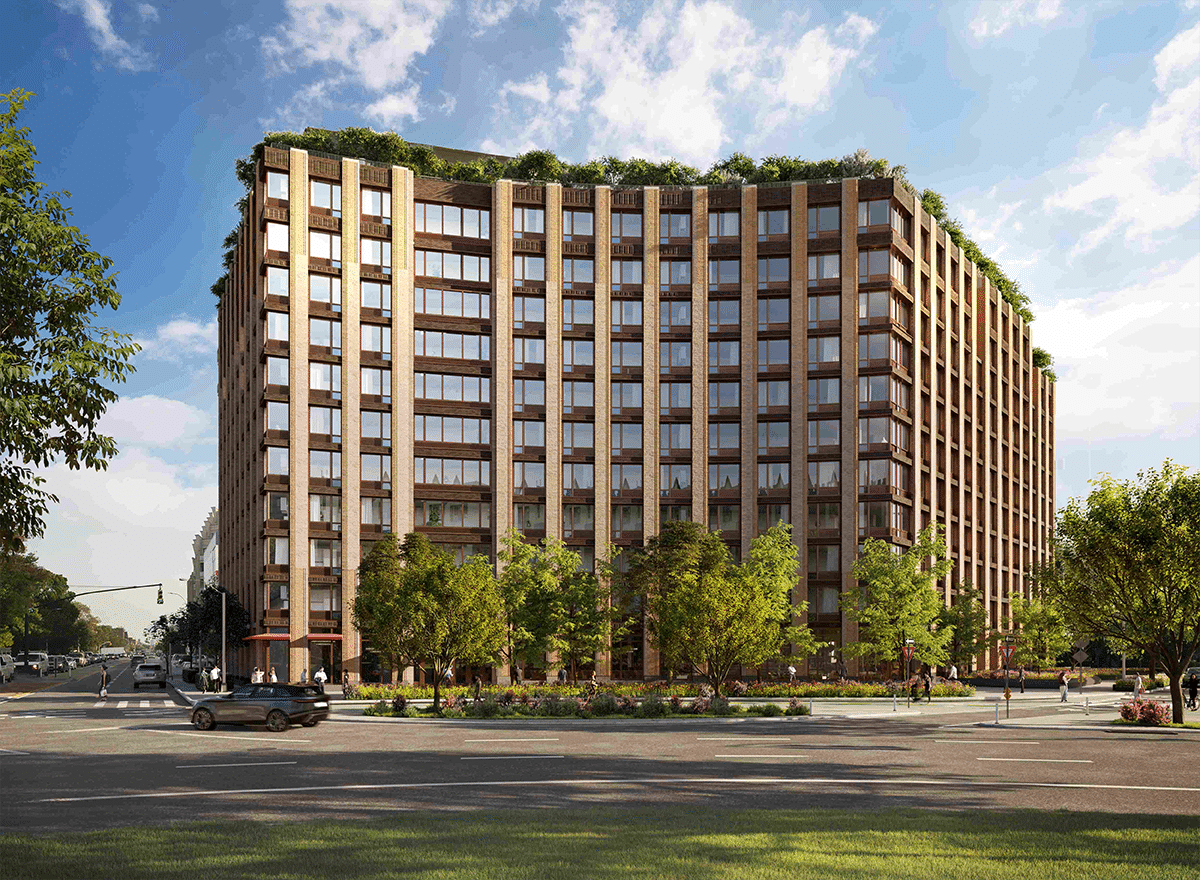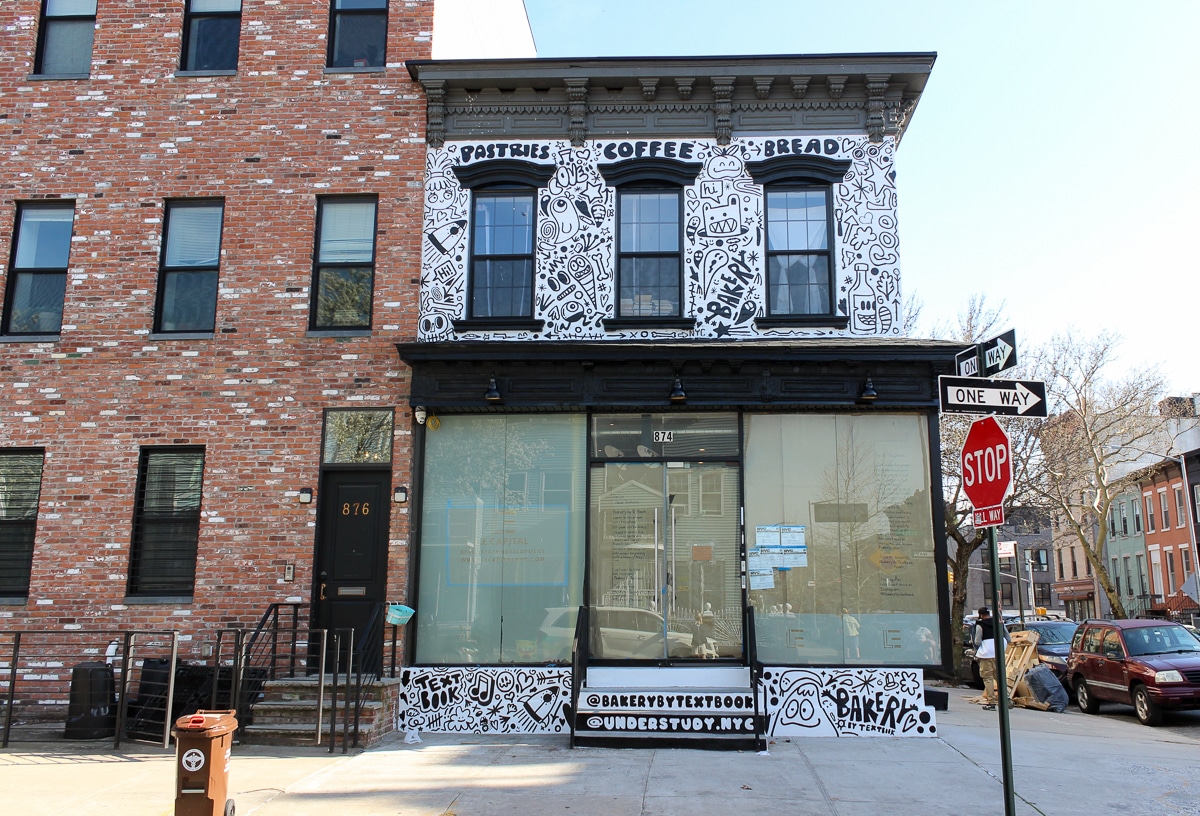Building of the Day: 327-333 Hoyt Street
Brooklyn, one building at a time. Name: Row houses Address: 327-333 Hoyt Street Cross Streets: President and Carroll streets Neighborhood: Carroll Gardens Year Built: 1869 Architectural Style: Greek Revival with some early Italianate trim Architect: Most probably a builder named Sheldon Landmarked: Yes, part of Carroll Gardens HD (1973) The story: These groups of four…

Brooklyn, one building at a time.
Name: Row houses
Address: 327-333 Hoyt Street
Cross Streets: President and Carroll streets
Neighborhood: Carroll Gardens
Year Built: 1869
Architectural Style: Greek Revival with some early Italianate trim
Architect: Most probably a builder named Sheldon
Landmarked: Yes, part of Carroll Gardens HD (1973)
The story: These groups of four houses, as well as 356 President Street around the corner, are the earliest houses in the small Carroll Gardens Historic District. They were built in 1869 for Mary E. Sheldon. Her husband, whose first name is unknown, was a builder, and it is probable that these houses were designed and constructed by him. It was very common for women to act as fronts for their husbands to avoid lawsuits and liability. In the case of Mary Sheldon, it landed her in a bit of trouble in a mortgage case, but that is the only record of her appearing in a real estate case, or definitively, in the newspapers.
At any rate, the Sheldons were at the forefront of building in Carroll Gardens. The community was still known as South Brooklyn at the time, being that it lay near the southern boundary of the town of Brooklyn. It was also referred to as Red Hook, which encompassed today’s Red Hook as well as Cobble Hill and Carroll Gardens.
The neighborhood was conceived as a middle class area, home to merchants of all kinds, many of whom conducted business nearby at the Red Hook and Brooklyn Heights piers, or in Gowanus. There were also lawyers, doctors and other professionals, as well as many of the developers and builders who created the neighborhood. Much of Carroll Gardens was laid out in the late 1830s, and the street names reflect local people, such as Charles Carroll, a signer of the Declaration of Independence, Brooklyn Mayor Samuel Smith, and local real estate developer Charles Hoyt.
By the late 1840s, the Gowanus area was being commercially developed and early plans for a canal to drain the swamps for industry and homes were being discussed. The canal would not actually be built for decades. But what gave the neighborhood a big lift was actually the 1838 establishment of Green-Wood Cemetery, by Henry Pierrepont, way over in Greenwood Heights. By the 1850s, popularity of the cemetery as not only a burial ground, but as a park and tourist attraction allowed better roads and public transportation to go through Carroll Gardens, which spurred development. By the 1860s, the neighborhood was seeing more and more speculative housing, which includes these houses.
The four houses all share identical wooden cornices, and all have simple stone lintels and sills. Handsome double arched doors were once in all four houses. Some of the houses still have the original wrought iron grilles on the ground floor, and others still have the original cast iron railings. The corner house, No. 327, has a bump-out wood framed bay window, with the original brackets and dentils at the cornice line.
Everyone in these houses led quiet lives. There are the usual mention of deaths and marriages, and at least one of the owners in the late 19th century could afford to leave Brooklyn for a summer home during the hot months. Most of the homes also advertised for and employed at least one servant.
The most notable story from the group is that of William O’Donnell of 333 Hoyt Street. His obituary appeared in both the Brooklyn Eagle as well as the Standard Union papers in 1919. A man called in to both papers claiming to be undertaker Peter Doran of Hoyt Street. He dictated the obituary, which was duly printed. It wasn’t until William O’Donnell, who was quite alive, began getting distressed phone calls and people coming by his house that the prank was found out. This had happened before, not all that long ago, to someone else. The authorities, as well as the papers and friends and family of William O’Donnell, were quite eager to catch the culprit. GMAP
(Photo: Kate Leonova for PropertyShark)










What's Your Take? Leave a Comment